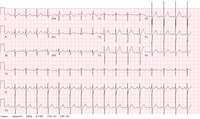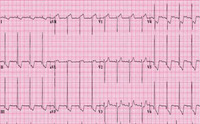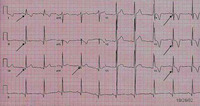Search
Search Results
Select an image to start the slideshow

12 Lead ECG: Hypertrophic cardiomyopathy (HCM)
1 of 4

12 Lead ECG: Normal sinus rhythm (NSR) 90-98 bpm
2 of 4

12 Lead ECG: Hypertrophic cardiomyopathy (HCM)
3 of 4

12 Lead ECG: Hypertrophic cardiomyopathy (HCM)
4 of 4